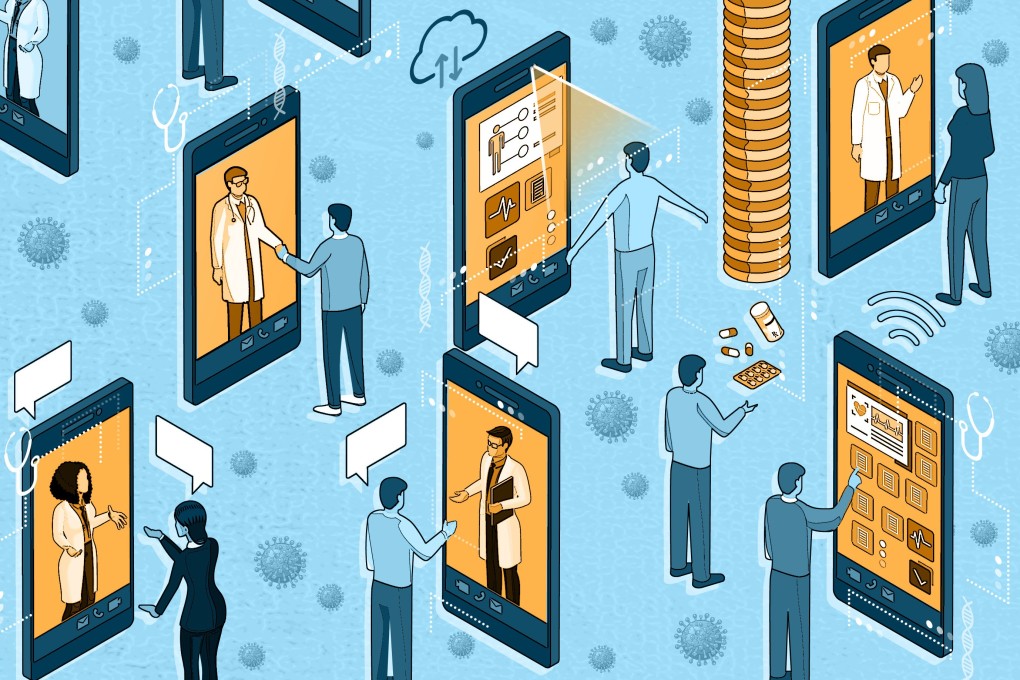China’s Big Tech companies are using their roles in fighting world’s largest health crisis to turbocharge HealthTech
- When epidemiologists were still struggling to find the cause and transmission path of the coronavirus, Chinese authorities resorted to the most primitive way to block its spread, locking an estimated 50 million people under quarantine
- Now, as the focus of the global pandemic shifts offshore from mainland China, the country’s technology companies are using their participation in the world’s largest health crisis to turbocharge the deployment of so-called HealthTech solutions

On February 12, the day after Chinese President Xi Jinping sounded a clarion call for all hands on deck, during what he called “a critical stage” in China’s battle against the coronavirus outbreak, a distraught woman called out for help at the epicentre of the disease.
“I am suffering from sustained mild fever and shortness of breath,” wrote the 25-year-old, who would only give her surname Liu, from the Hubei provincial capital of Wuhan, under a citywide lockdown as local authorities scrambled to contain the rapidly spreading disease. “I am on my own, I do not dare to go to the hospital as I am afraid of getting infected.”
The message, sent via the Tencent Trusted Doctors (TTD) application developed by China’s biggest social network operator, quickly reached health officials in Wuhan’s Hongshan district, who arranged a hospital test for the single woman. TTD’s chat software, used by 17 million people since its 2014 launch, is one of the hundreds of smartphone-enabled applications and innovations that have kicked into high gear to help China beat back the Covid-19 outbreak.
During the initial days when epidemiologists struggled to find the cause and transmission path of the then little-known disease, Chinese authorities resorted to the most primitive way to block its spread, locking an estimated 50 million people under quarantine across dozens of cities. Now, as the focus of the global pandemic shifts offshore from mainland China, the country’s technology companies are using their participation in the world’s largest health crisis to turbocharge the deployment of so-called HealthTech solutions.

Remote access to health services, from consultations to the sales of medical products, is the entry point into the nascent, fast-expanding HealthTech market, especially in a country with the world’s largest population of smartphone users.
There are at least seven platforms in the market that connect doctors with patients. TTD, which claims to connect 450,000 certified doctors with 17 million patients in a single platform, offered online consultation to Wuhan residents – who were put into quarantine on February 11 – for a token 1 yuan, instead of the usual 49 yuan. That enabled TTD to quadruple its consultations during the first five days of the Lunar New Year, compared with the same period last year.